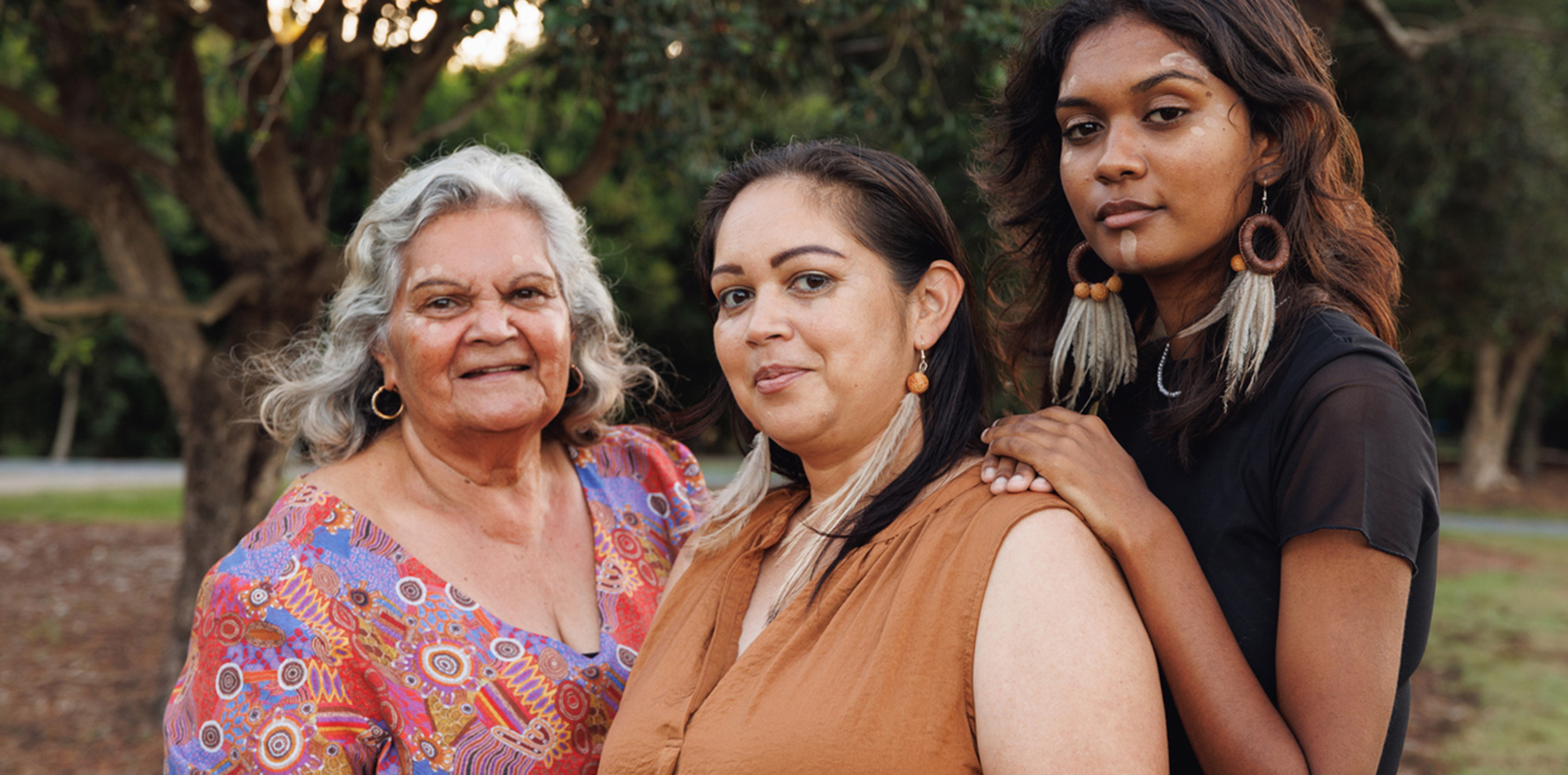Failure of communication has left Aboriginal and Torres Strait Islander people suffering excessively from rheumatological conditions.
Gout, osteoarthritis and rheumatoid arthritis affect Aboriginal and Torres Strait Islander people at higher rates than non-Indigenous people, but effective communication that might aid self-management of these diseases among Frist Nations peoples has often been lacking.
A team of Aboriginal and non-Aboriginal researchers, some with their own experience of arthritic conditions, brought together patients in community focus groups to determine the preferred and most absorbable forms of health education, and synthesised their interviews with a review of arthritis clinical practice guidelines.
Their paper, published in Lancet Rheumatology, makes a range of recommendations for culturally appropriate educational resources.
These resources should include the impact of arthritis on health and wellbeing, when and how to access care, management options and disease knowledge (e.g., prognosis and addressing misconceptions).
They should be created by First Nations people, be jargon-free and include positive lived experience stories, flags and colourful local art.
Information should be delivered in the form of brochures, videos and yarning circles – a type of focused education session for sharing information, telling stories and exchanging personal experiences.
The authors say their findings should be used to develop resources and help practitioners deliver care, and that their “participatory action research” approach can be used to develop culturally appropriate resources for First Nations people around the world.
For the qualitative part of the study, eight Aboriginal participants (none identified as Torres Strait Islander) joined two community reference groups and another 30 took part in individual “yarning” interviews face to face or remotely.
Some reported minimal disruption from their condition, but others described constant pain, reduced mobility, having to give up work and social responsibilities, loss of independence and low mood. Some had given up seeking care and felt “lost”.
Some participants had positive experiences with trusted GPs and specialists, but others found doctors’ communication minimal, rushed or full of jargon (“big lingo”), while some doctors didn’t listen or withheld painkillers for discriminatory reasons.
“They just say, oh you’ve got osteoarthritis and that’s it. In the dark,” said one participant.
Family members were trusted to convey information, while other participants educated themselves online in the absence of clear information from their health professionals.
Interviews also revealed knowledge gaps and misconceptions with potential to lead to unhelpful management strategies, such as avoiding exercise in osteoarthritis.
Themes unearthed in the yarning and reference groups corresponded to those in clinical practice guidelines, but also produced additional insights like the best delivery methods for information (brochures, videos and yarning) and who should impart it (family and community members as well as health professionals).
“The idea that researchers should directly ask the people most affected by a health issue what they want and need should not be so radical,” Assistant Professor Katherine Collins from the University of Saskatchewan in Canada wrote in an accompanying comment.
“[C]ommunity-engaged health research, by privileging Indigenous voices, can challenge the status quo of deficit narratives and epistemic injustice, provide valuable data that are likely to lead to sustainable change, offer unique insights, and support the right of Indigenous Peoples to self-determination.”


